2024 was Earth’s hottest year on record, passing a dangerous warming threshold
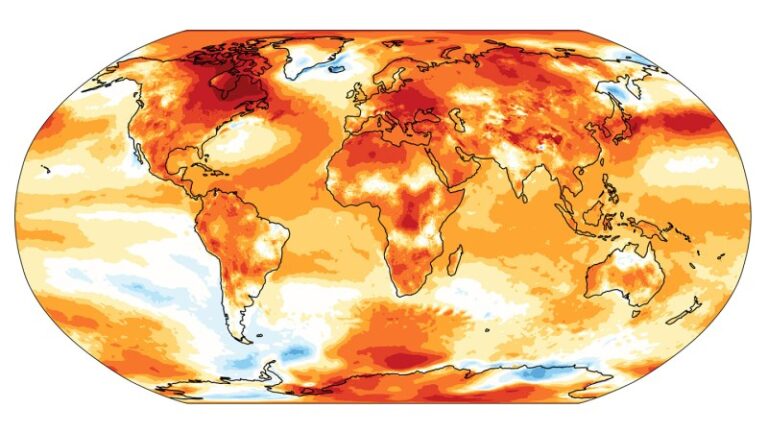
Global temperatures were the hottest on record in 2024; it was the first year where the average temperature topped 1.5 degrees Celsius above preindustrial times.
Science and Technolgy blog

Global temperatures were the hottest on record in 2024; it was the first year where the average temperature topped 1.5 degrees Celsius above preindustrial times.
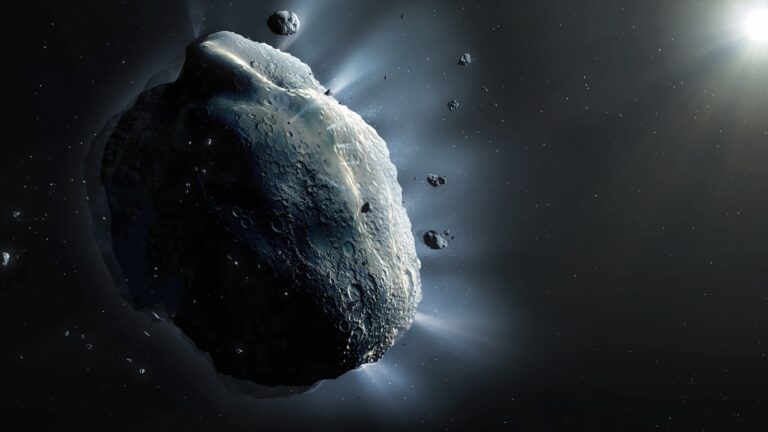
The enormous near-Earth asteroid (887) Alinda has made its closest approach to our planet in decades, and it’s about to peak in brightness in a rare once-in-a-decade event. Here’s how to watch it live this weekend.
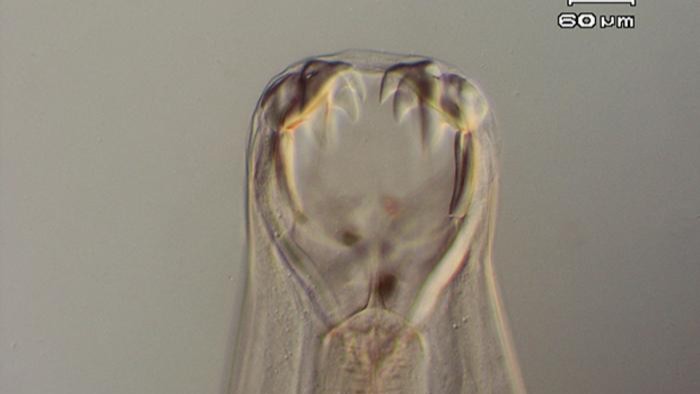
Hookworms that cause deadly dog infection and ‘creeping eruption’ in humans are growing resistant to drugs.
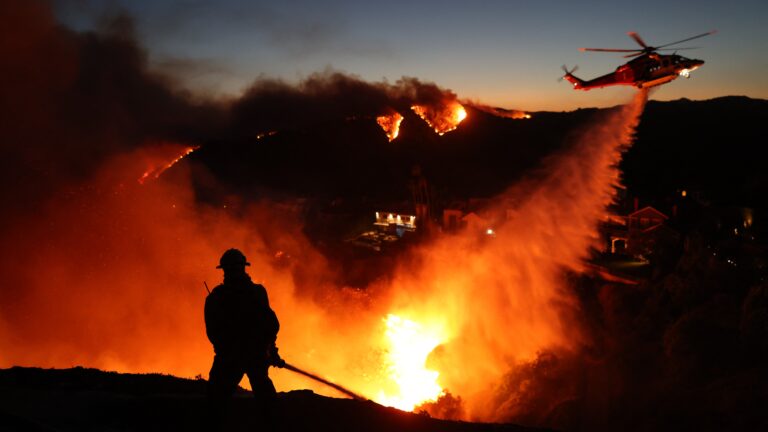
Scientists have warned that the Paris Agreement to limit global warming will likely be breached as data reveals 2024 was the hottest year in human history.

The state is seeing a sharp water divide this year, with lots of rain in the north while the south has stayed dry. A hydrologist explains what’s happening.
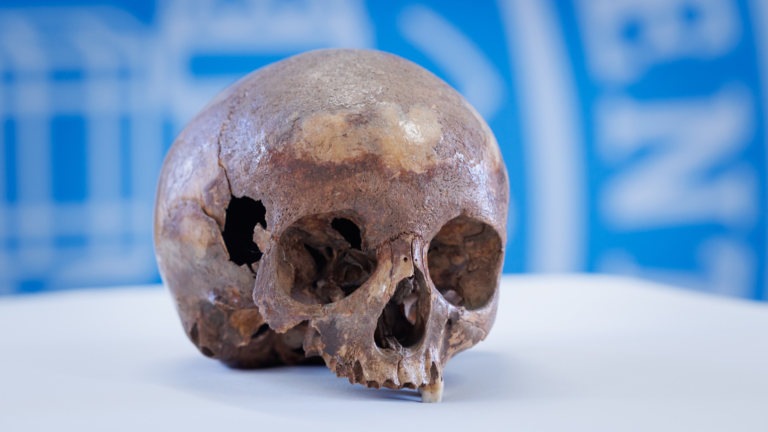
A cutting-edge analysis of a skull found in Turkey in 1929 proves once and for all that it is not Arsinoë IV, Cleopatra’s half sister.

A new type of passenger plane will adopt a design that blends wings into the aircraft’s body, which its creators say will cut fuel consumption by 50% and reduce noise.
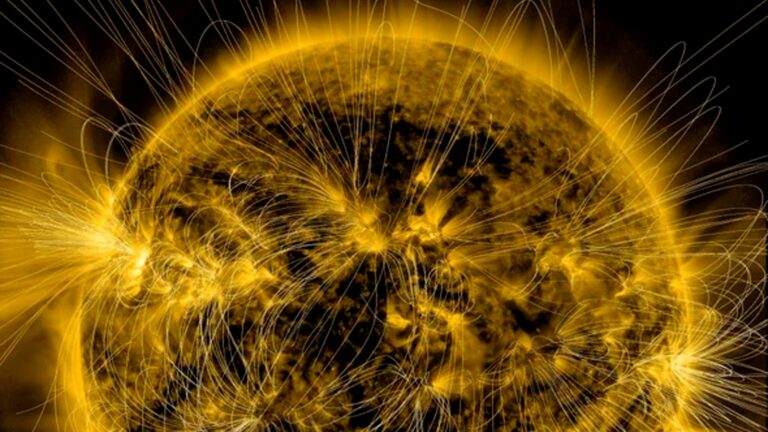
There were significantly more X-class solar flares in 2024 than any other year for at least three decades. The arrival of solar maximum was a key reason for the spike, but other factors were also at play.
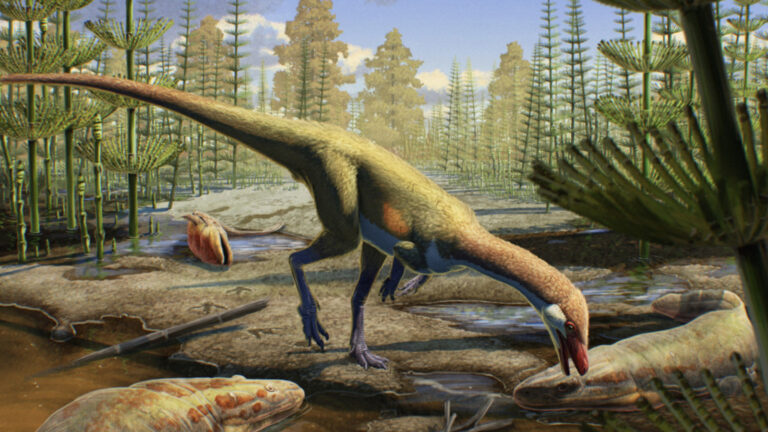
A newfound “chicken-size” dinosaur, recently unearthed in Wyoming, changes what paleontologists thought they knew about how dinosaurs spread across the globe.

“Secret” excavations in Luxembourg reveal 141 Roman gold coins from eight Roman emperors and one usurper.